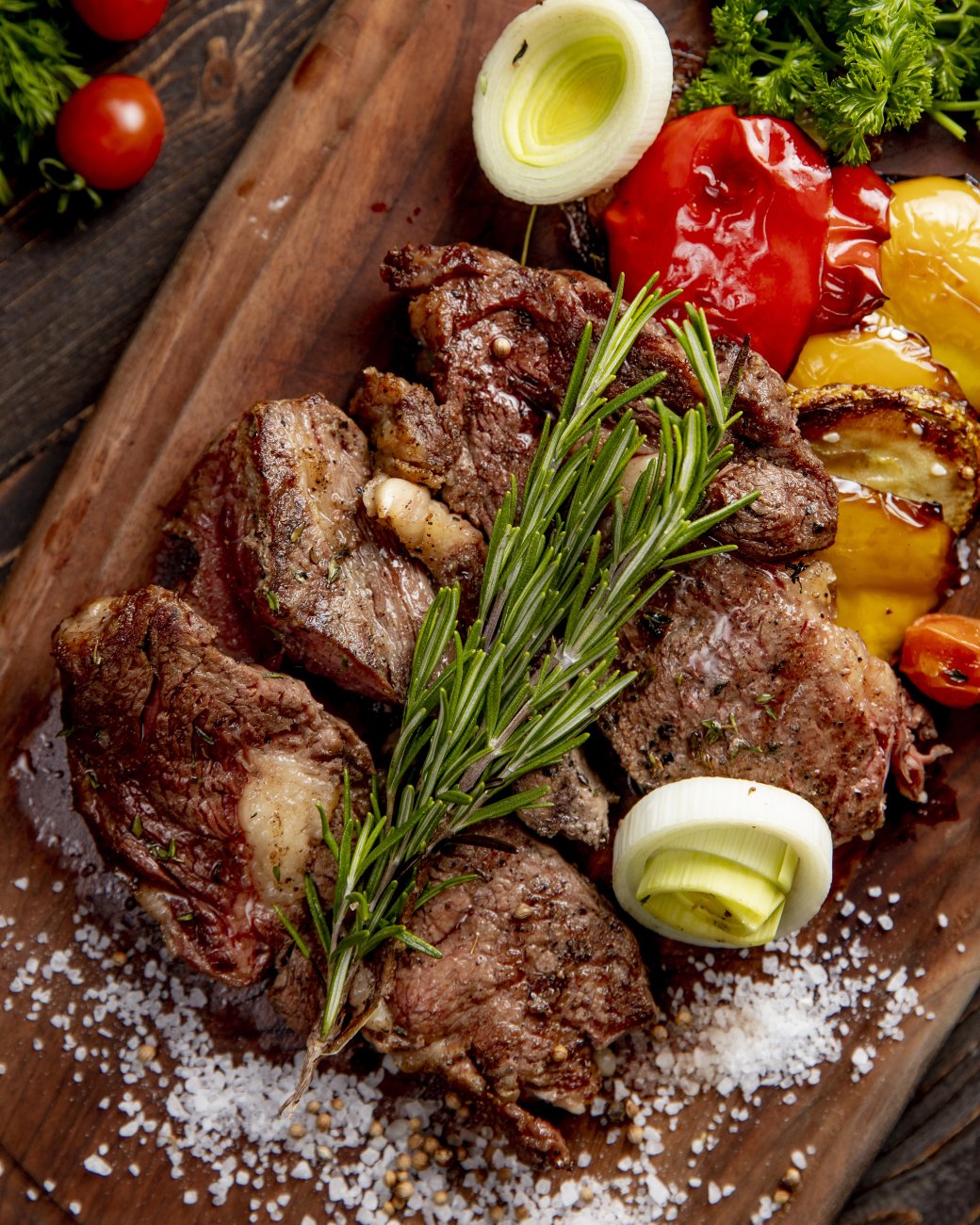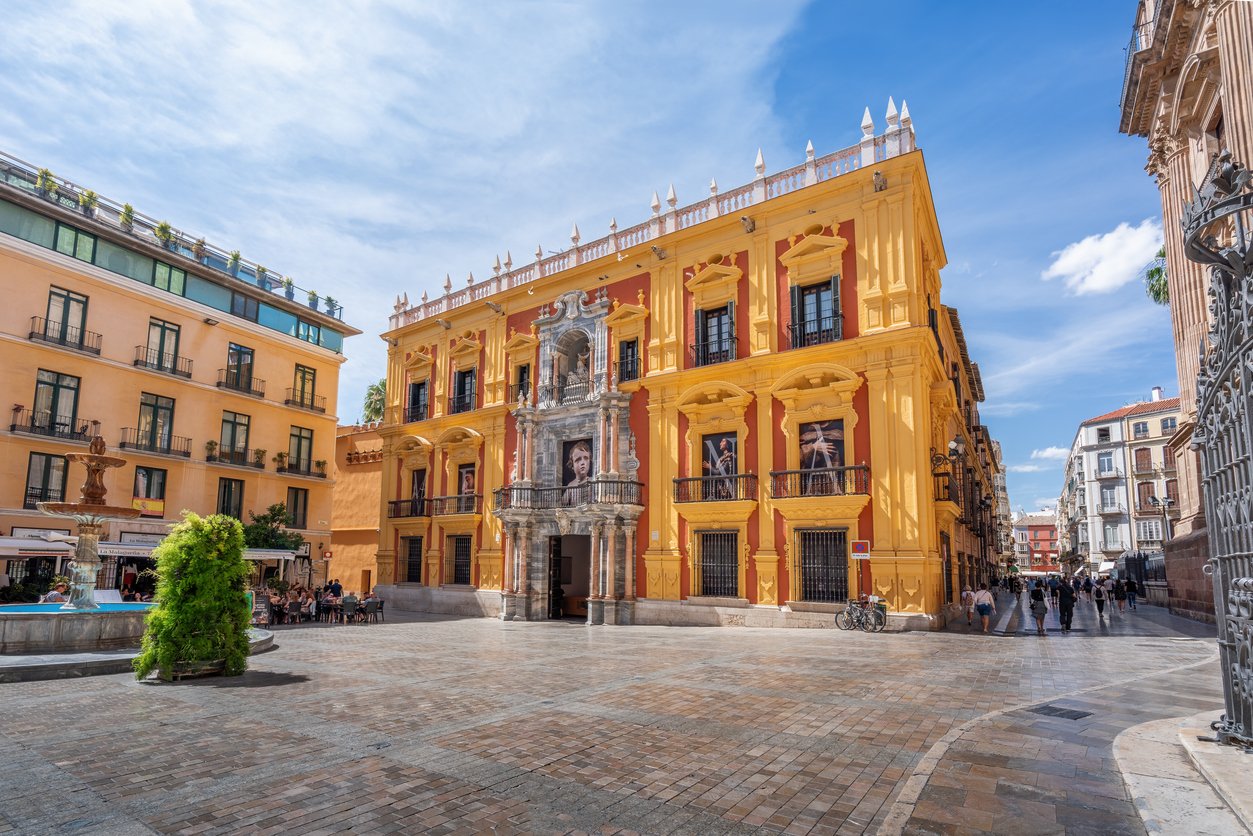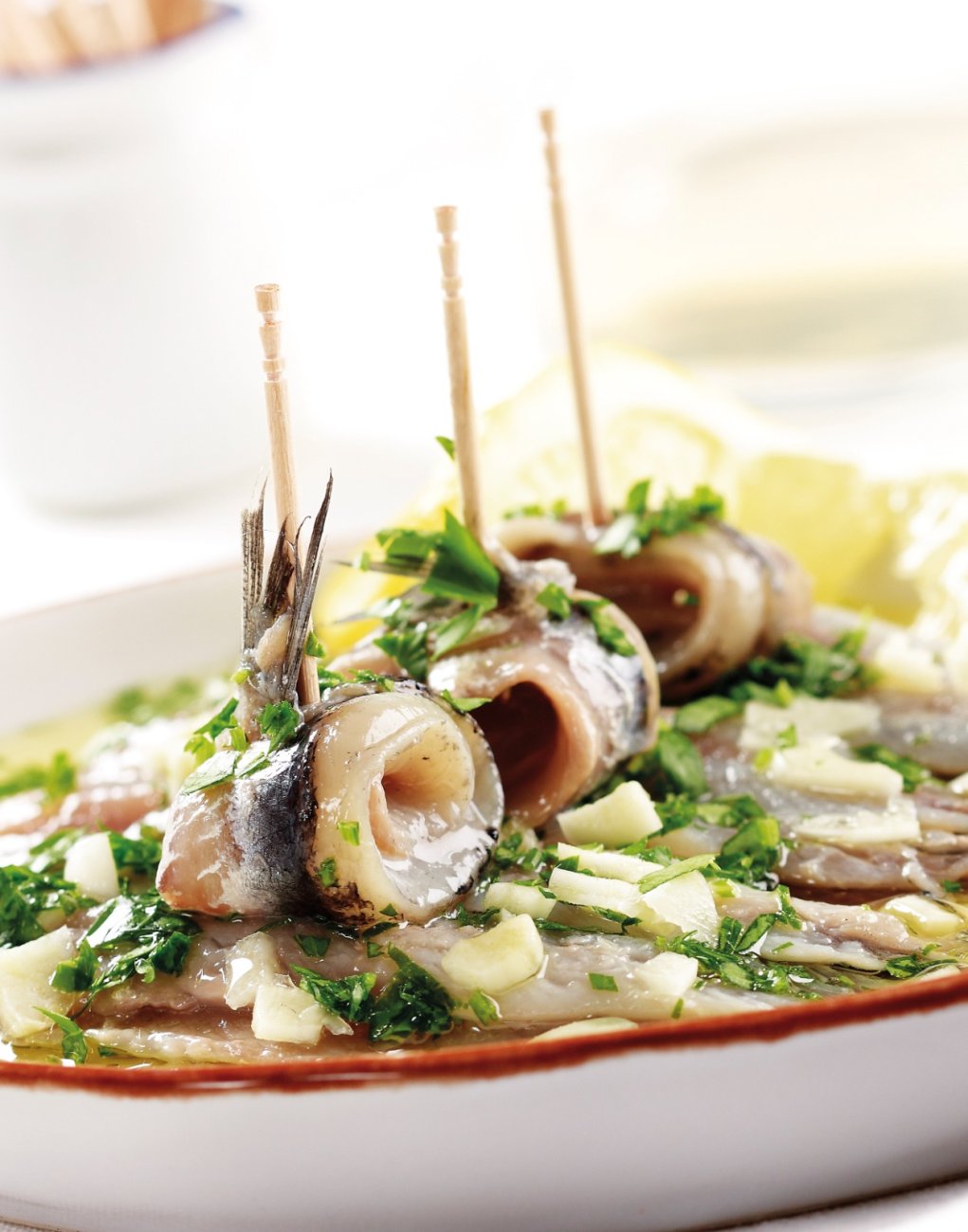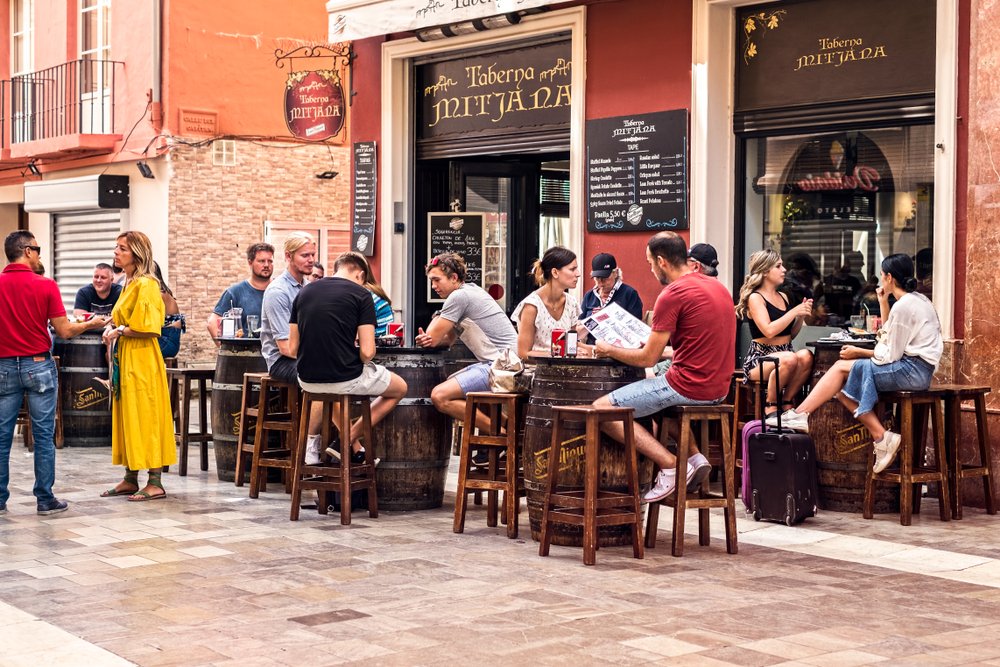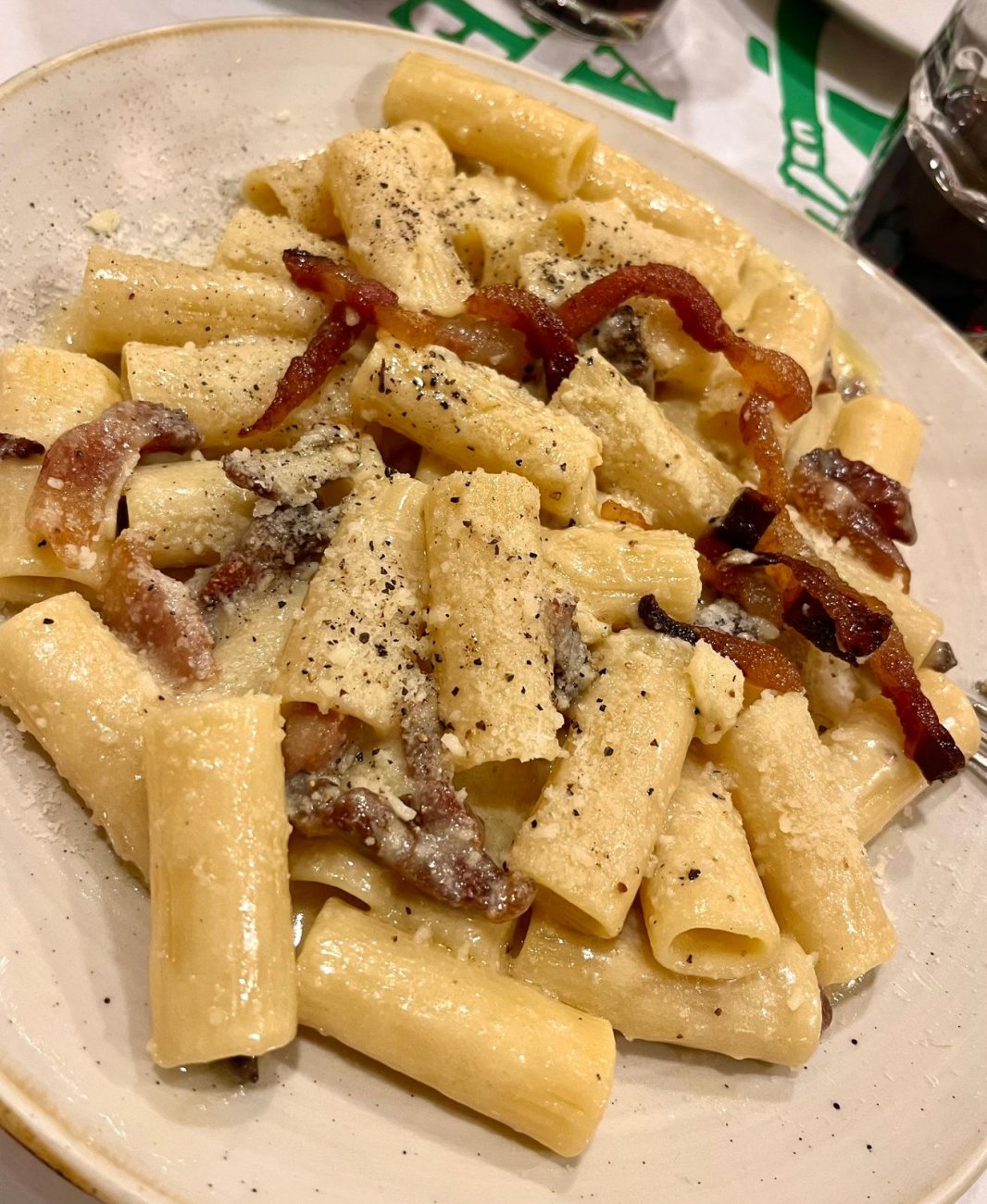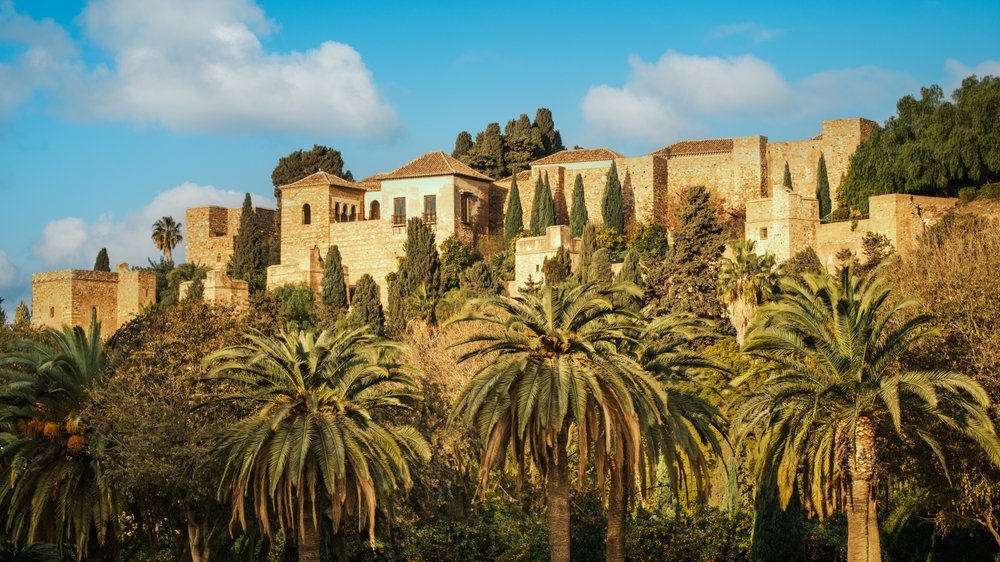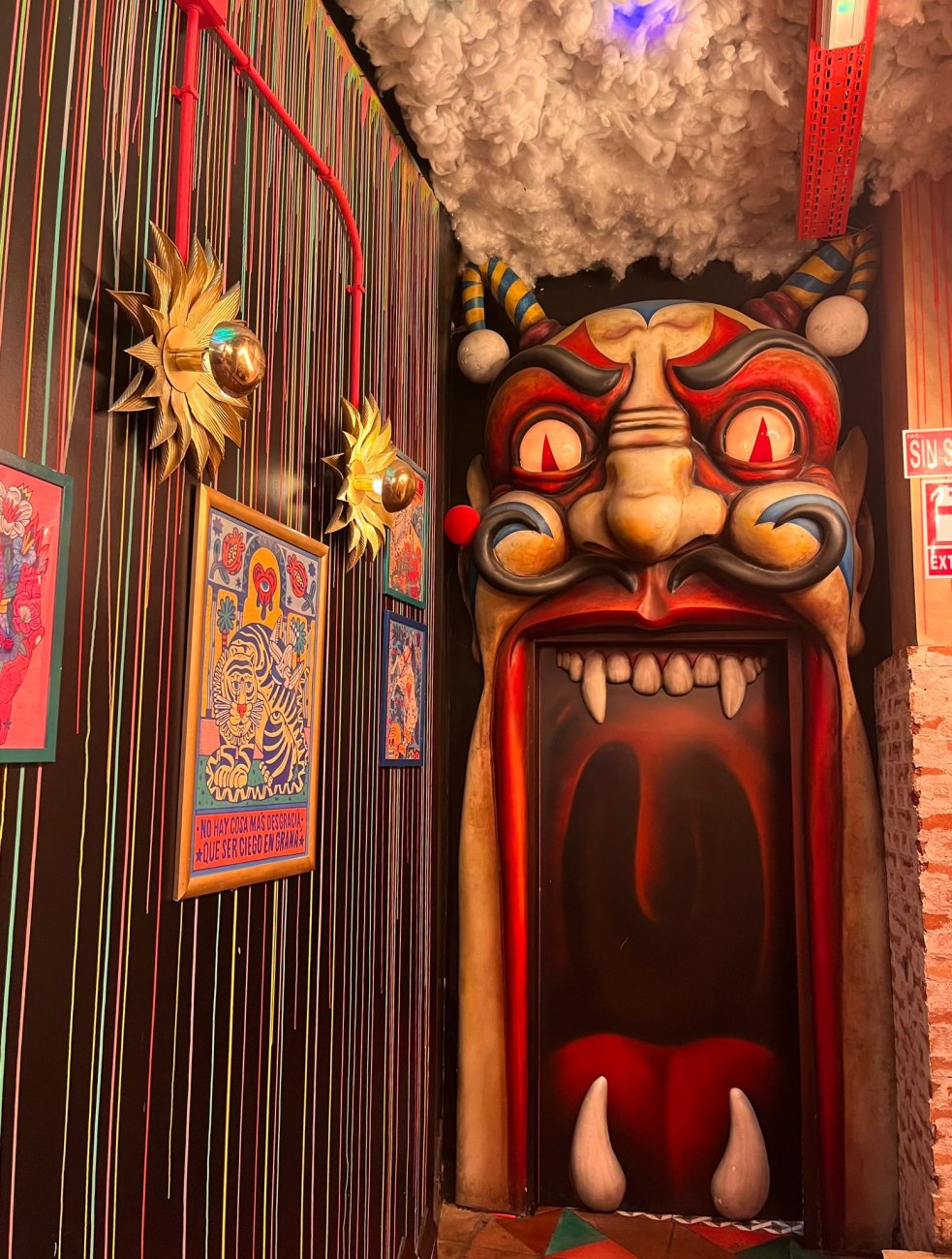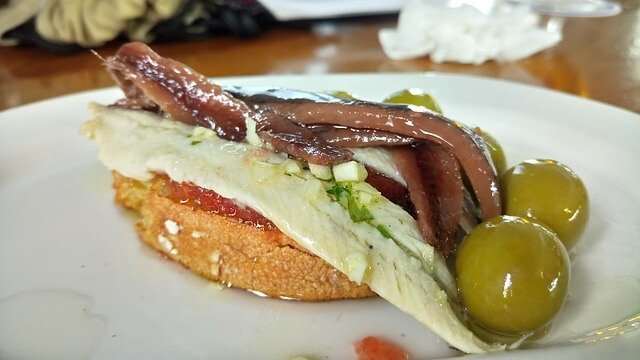Its rich history and impressive architecture make it one of the most visited and admired places in Malaga.
History
The history of the Episcopal Palace of Malaga dates back to the 18th century, when the bishop of Malaga, Manuel Díez Meléndez, decided to build a new palace that would reflect the importance and wealth of the bishopric. Construction of the palace began in 1762 under the direction of Italian architect Antonio Ramos, who designed a Renaissance-style building with Baroque influences.
For more than two centuries, the Episcopal Palace has been the official residence of the bishops of Malaga and has witnessed important historical and cultural events in the city. Today, the palace continues to fulfill its function as an episcopal residence and also houses different diocesan offices and exhibition halls.
Architecture
The Episcopal Palace of Malaga stands out for its impressive Renaissance architecture, characterized by its sobriety, elegance and symmetry. The building is built of limestone and has a main façade ornamented with Baroque-style decorative details, such as moldings, columns and sculptures.
One of the most striking features of the palace is its interior patio, which is modeled after Andalusian Renaissance patios. This patio, surrounded by marble columns and semicircular arches, is an oasis of tranquility in the heart of the city and is decorated with a central fountain and lush vegetation.
Inside the palace there are different rooms that reflect the grandeur and opulence of the time in which it was built. Particularly noteworthy are the chapel, decorated with frescoes and religious sculptures, and the reception hall, which preserves its original decoration with period furniture and works of art.
Collections and Exhibitions
The Episcopal Palace of Malaga houses different collections of sacred art and liturgical objects that reflect the history and religious tradition of the diocese of Malaga. These collections include paintings, sculptures, tapestries, metalwork and other liturgical objects of great artistic and cultural value.
In addition to the permanent collections, the palace also regularly hosts temporary exhibitions of contemporary art and other cultural events.
